C and I signed up for one of the Free Royal Postal Heritage Tours, hosted by the Filipinas Stamp Collectors Club. We took the car and parked it inside the walled city, near the San Agustin Church (so that at the end of the tour we’d be near the car already!), and walked to the meeting place at Liwasang Bonifacio. I wouldn’t recommend doing the trip alone because the area doesn’t look very friendly (possibly an understatement). I kept thinking about the parks at Taipei filled with children and families and dogs. I compared it to Liwasang Bonifacio which turned into a home for the homeless, its fountain now a public bath, and the surrounding area reeking of pee. It’s not very tourist friendly, but I wanted to learn more about Manila and my history and this ‘ugliness’ is certainly part of it. How Manila Has Become a Portrait of Ugliness is a good editorial that describes very well how I feel about our cities, parks, and historical places and buildings:
When you go abroad, you’d feel nanliliit when you see how those countries protect their heritage structures. Singapore, for instance, preserves even what look like 15-year-old buildings ever so carefully.
In Shanghai, they assiduously practiced adaptive reuse and turned a historic district into a lifestyle center. In Seoul, they rerouted a network of streets so as not to touch an ancient temple in the middle of a rotunda. In Beijing, they would rather transform ancient courtyards into nightclubs and brothels than tear them down for a mall.
And here we are, so Pinoy, so Third World, who’d prefer to turn cultural heritage into cold cash and erase what little valuable architectural landscape that we have from the face of the earth.
Free Royal Postal Heritage Tour
Here’s the itinerary:
- Manila Metropolitan Theater
- Manila Central Post Office
- National Press Club (just at the front gate)
- Puerta Isabel 2 gate and monument
- Plaza Mexico
- Aduana de Manila (Old Intendencia Building)
- Maestranza walls- now only 2 walls and fortifications are left
- Royal Warehouses
- Plaza Espana
- Bahay Tsinoy
- Calle General Luna ( Superpasyal tour with flea market)

Some members of the tour went specifically for the Manila Metropolitan Theater because while it’s open to the public, you need to get a permit before being let in. I wasn’t aware of the issues surrounding the building until this tour. Here’s a paper from years ago by Eric Babar Zerrudo that has a good introduction about the building. He described it as,
a beautiful jewel of modernistic architecture, the synthesisthat came out of local Filipino forms and the international Art Deco style that was famousduring that era.
There have been a few attempts to restore it after World War II but it hasn’t been completely functional in recent years. Despite the supposed rehabilitation of the building in 2010, it has again fallen into ruin and it will take hundreds of millions to be able to completely restore it.
It’s very eerie and creepy inside. The narrow staircases going to the upper floors are filled with debris and you can barely see anything inside because there are no lights.
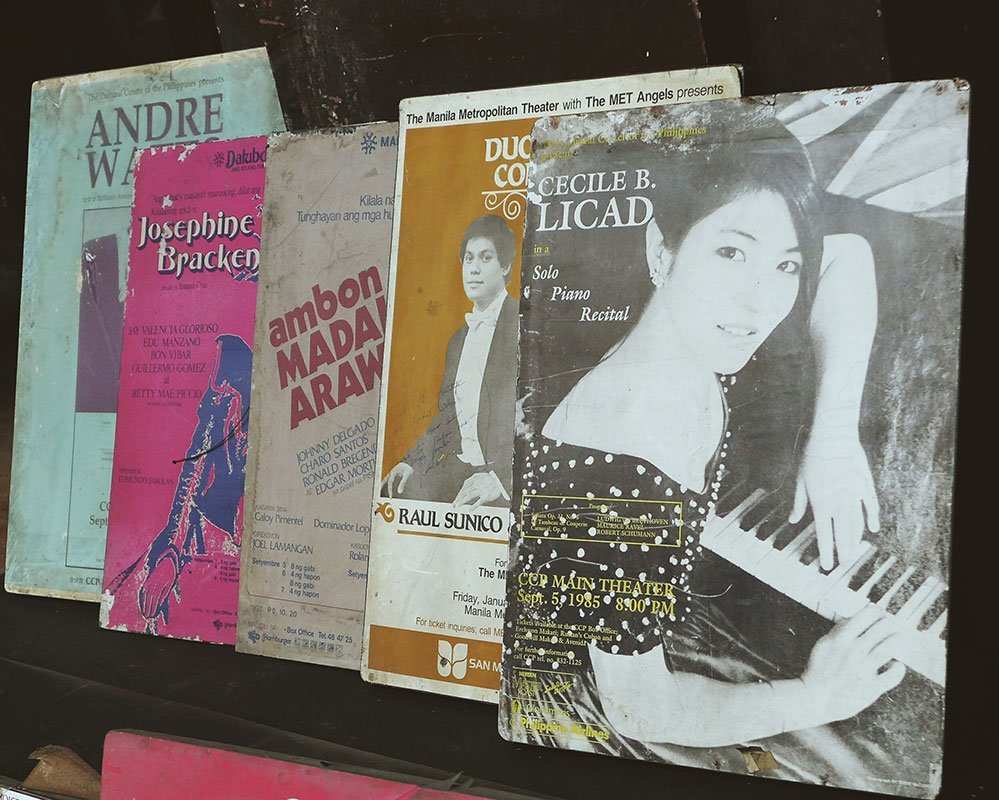
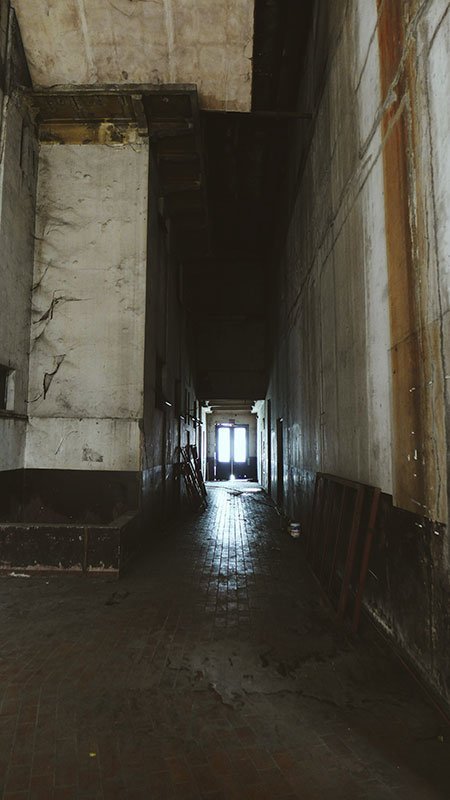
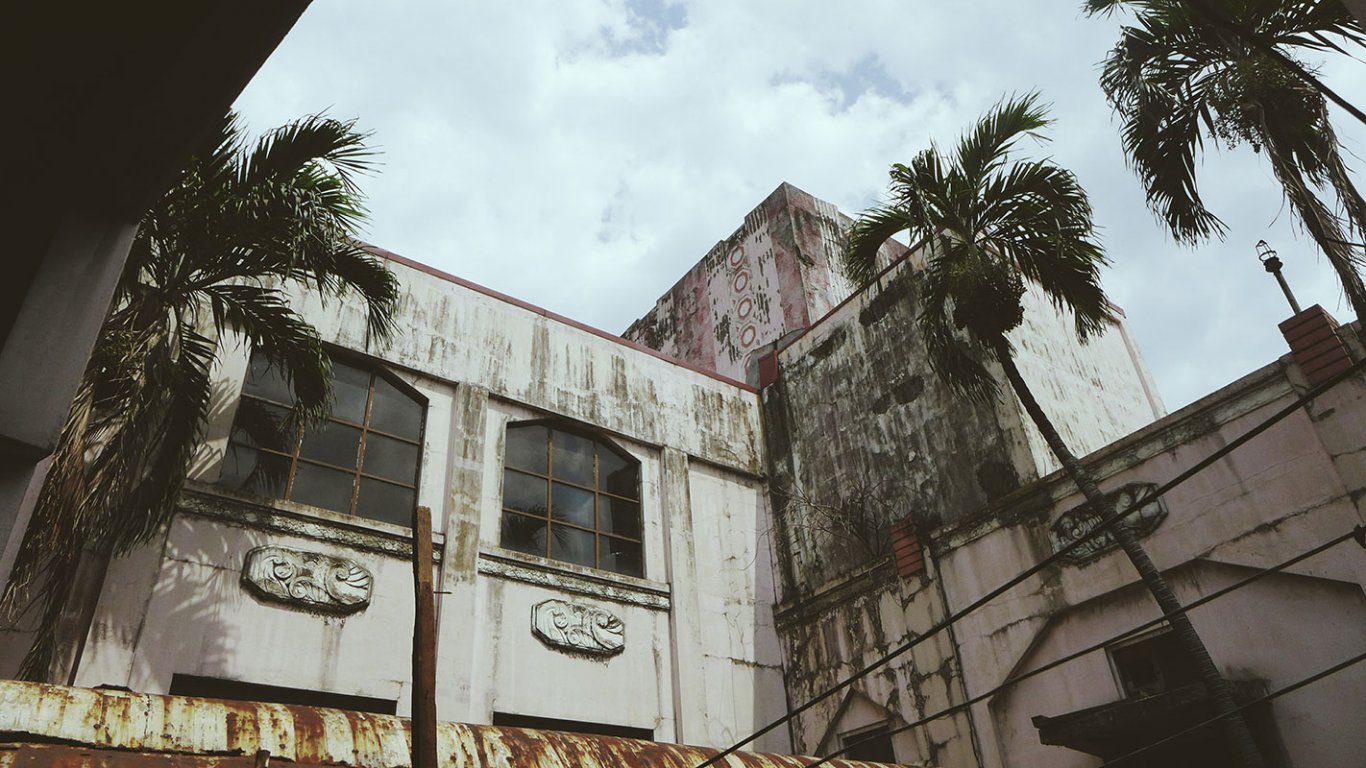
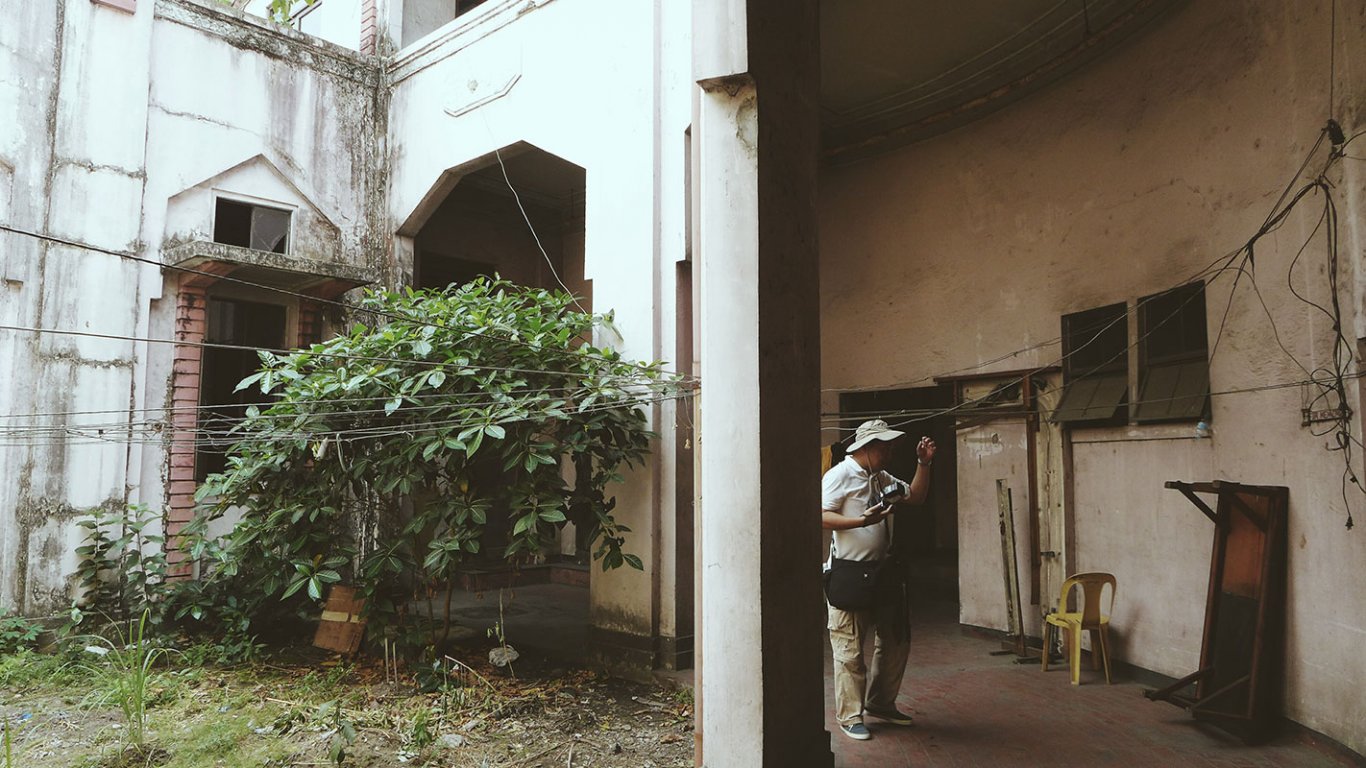
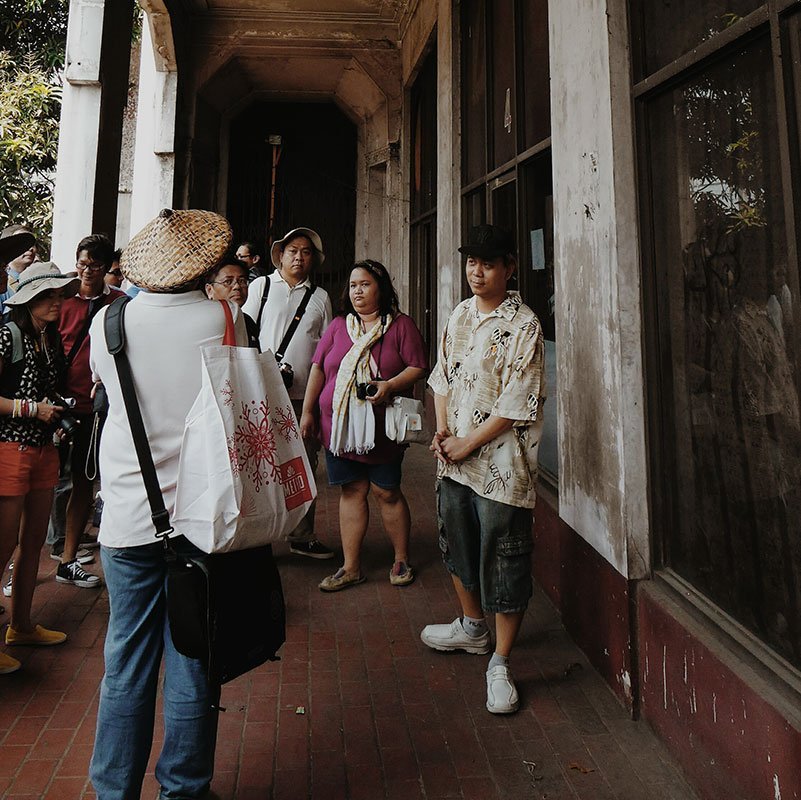
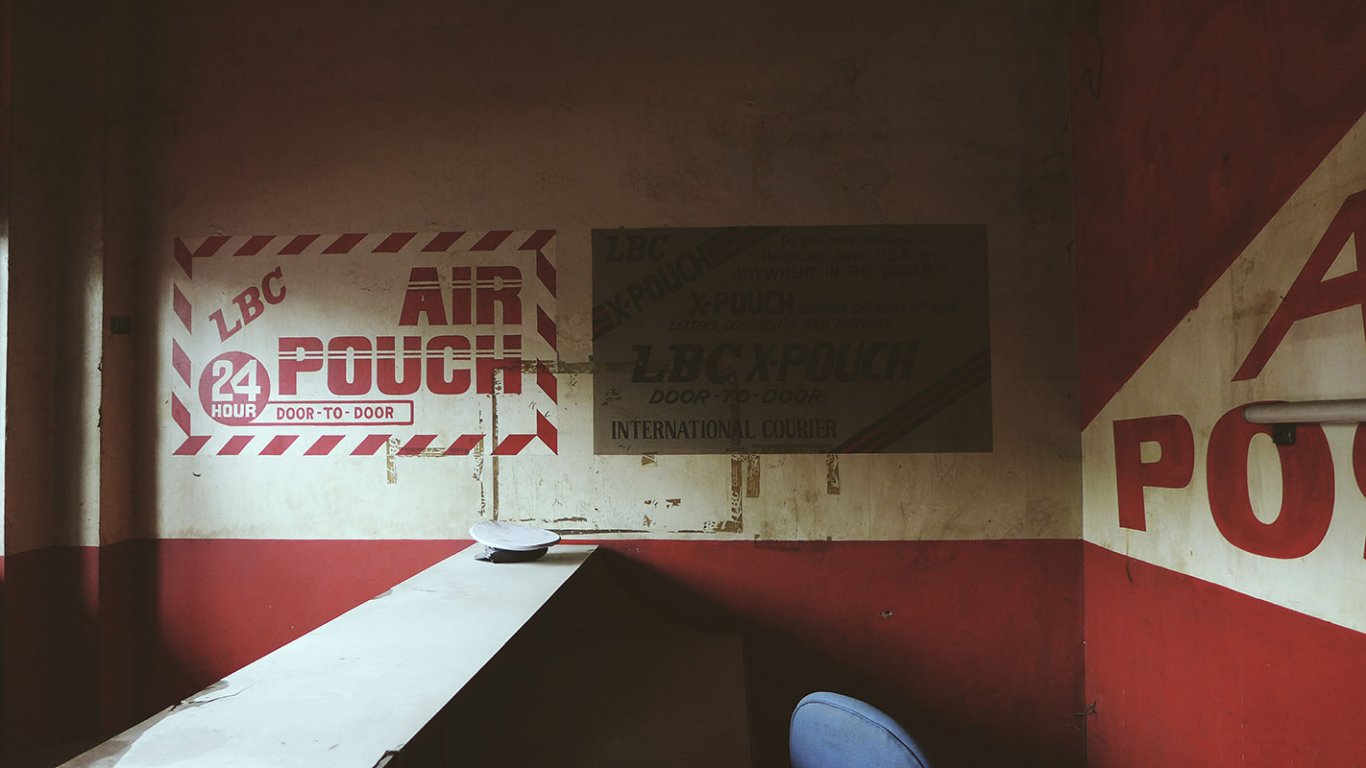
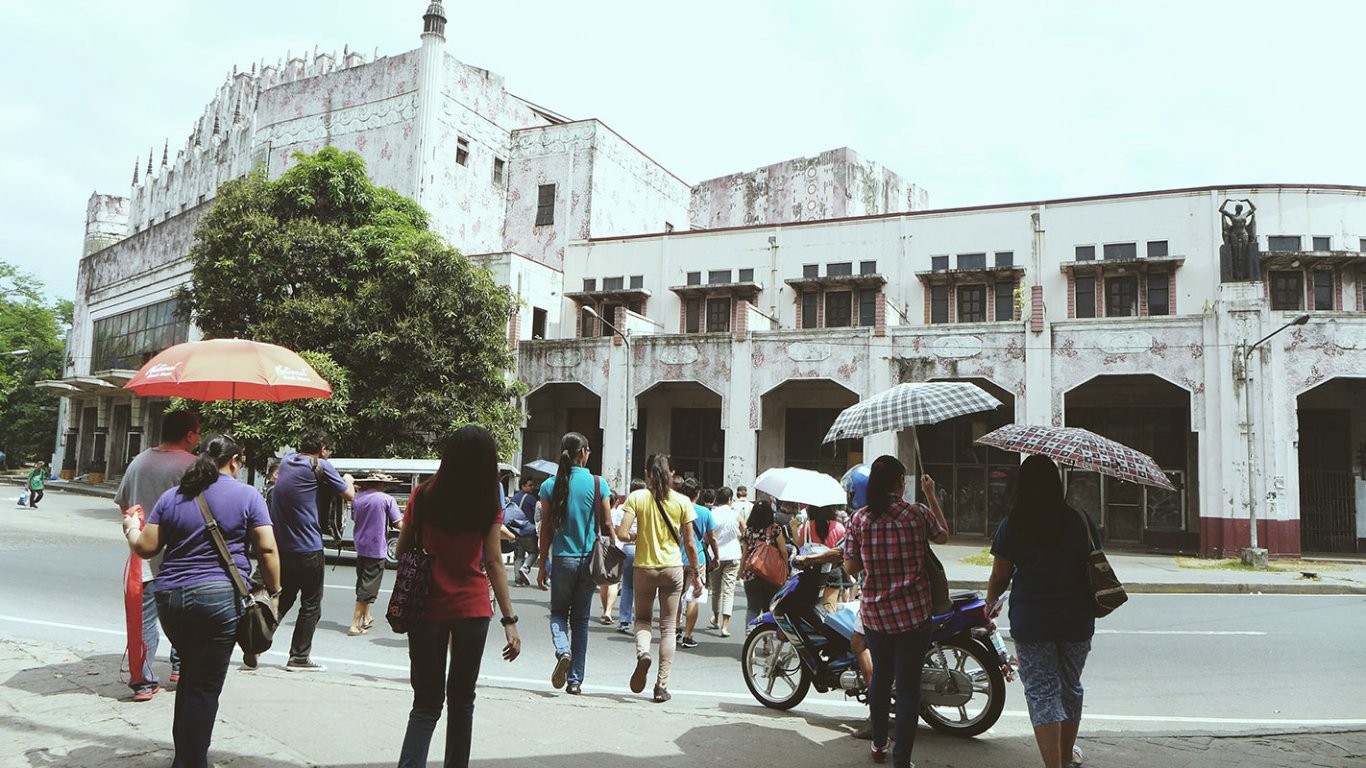
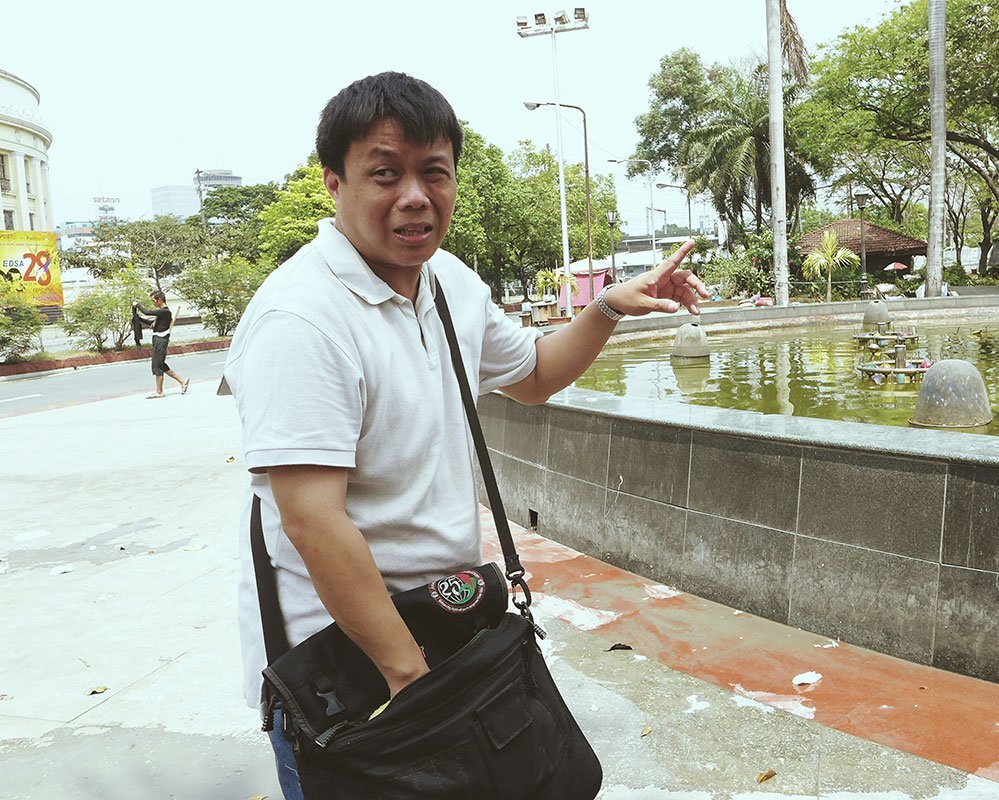
Back in college, I’ve made quite a number of trips for different classes (Philippine Art History and Philippine History) but this was a side of Intramuros that I haven’t been able to visit. And while the ‘main’ Intramuros is being marketed for tourists, much of our architectural treasures are being forgotten. What is to be done with the Manila Post Office, with the ugly paint jobs and cigarette sticks littered at the ground floor just a few meters away from the ‘No Smoking’ sign? The Manila Metropolitan Theater continues to deteriorate while different groups persist to fight over rights and restoration funds disappearing because of corruption.
The first part of the trip makes for a sad reflection on my heritage as a Filipino because the government is supposed to be taking care of these national treasures. As a traveler, I have been awed at all the preserved buildings and temples in Taipei, Shanghai, Hong Kong, Singapore, and even the newer ones that have been built with character to match the area being preserved. To see my home country losing historical buildings one by one makes me mourn for my heritage. Will future generations still get a chance to be inspired by our history?
Continuing the trip from the Metropolitan Theater and the Manila Post Office, we went further inside Intramuros up until Bahay Tsinoy. I confess, I didn’t always listen to the background and history of each area (especially as the afternoon wore on and I started to get more tired). But it was a good experience to revisit the city especially since the last time I was there was around 4 years ago.






Thankfully, the day didn’t end on a sad note. We ended up at a very lively street (Intramuros Pasyal Car-Free event, I think, and if I’m right, it’s happening again on the 27th of April). There were live poetry performances, yo-yo performances, food and other things such as jewelry, bags, and vintage stuff being sold. Foreigners and locals alike were enjoying the activities in that small empty lot and street.






The Manila Metropolitan Theater is depressing, but the life inside Intramuros that Sunday afternoon was uplifting. Hopefully, Manila can be transformed into a cleaner and more beautiful city in the next couple of years. Maybe one day I can be more enthusiastic about inviting foreign friends to visit Manila and not just the beaches and mountains in the country.



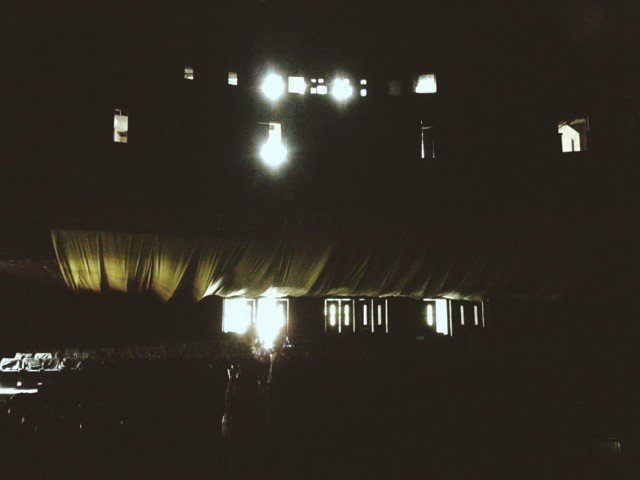



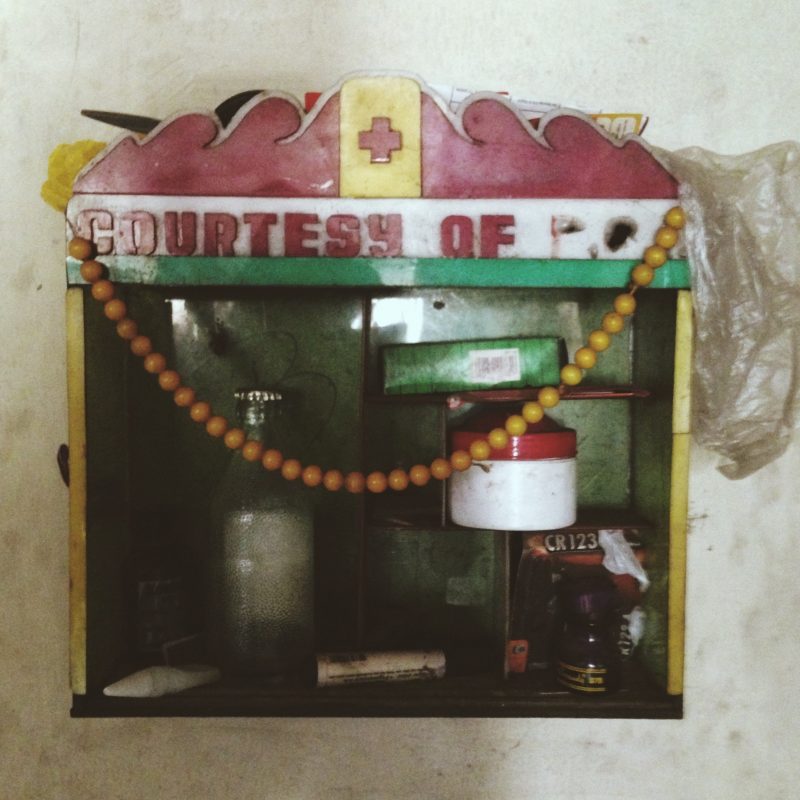
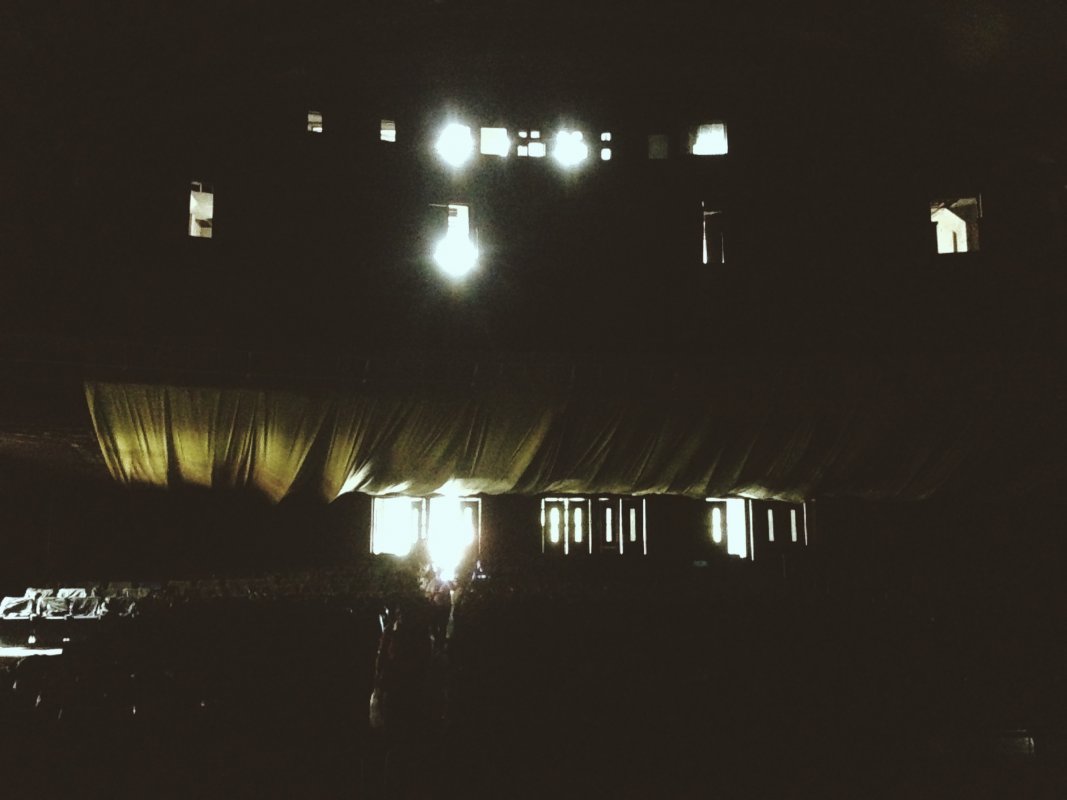
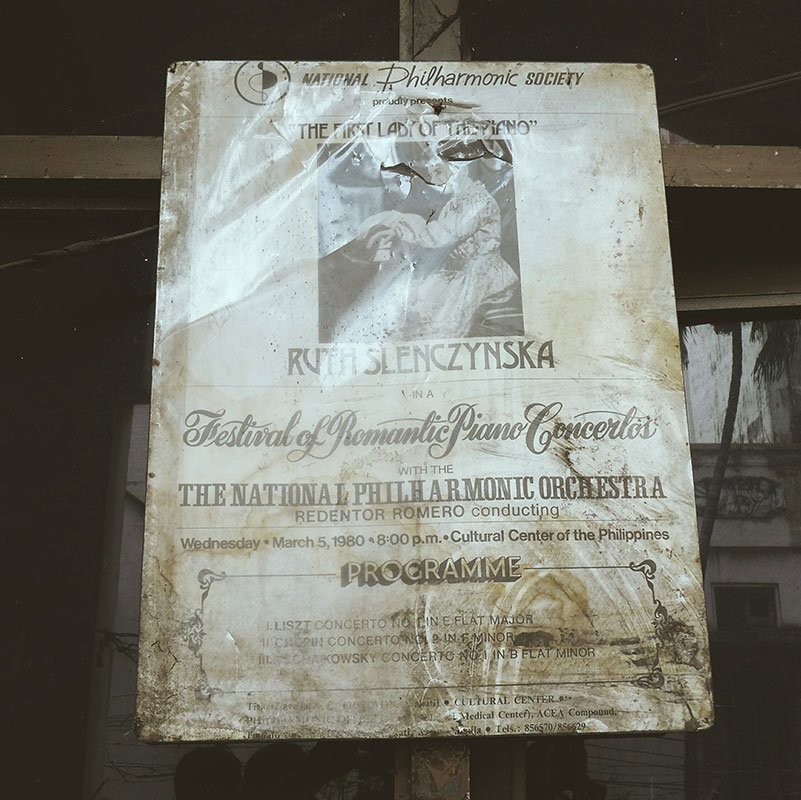
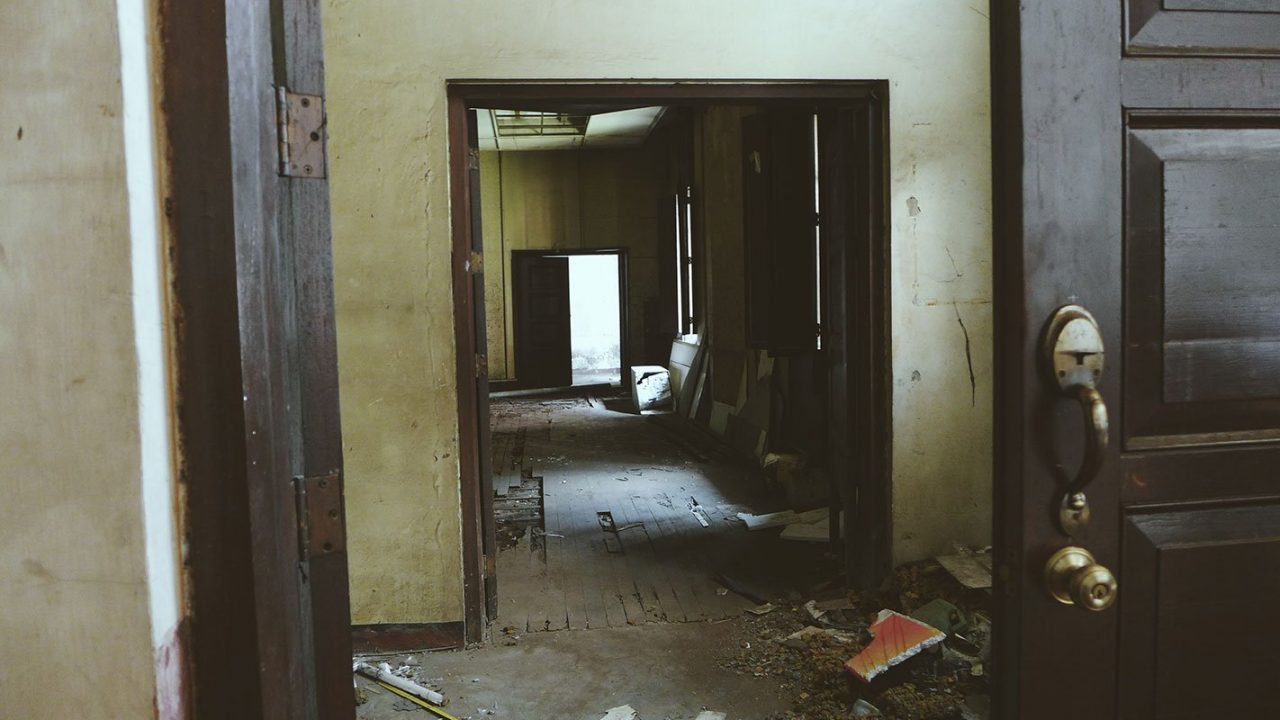
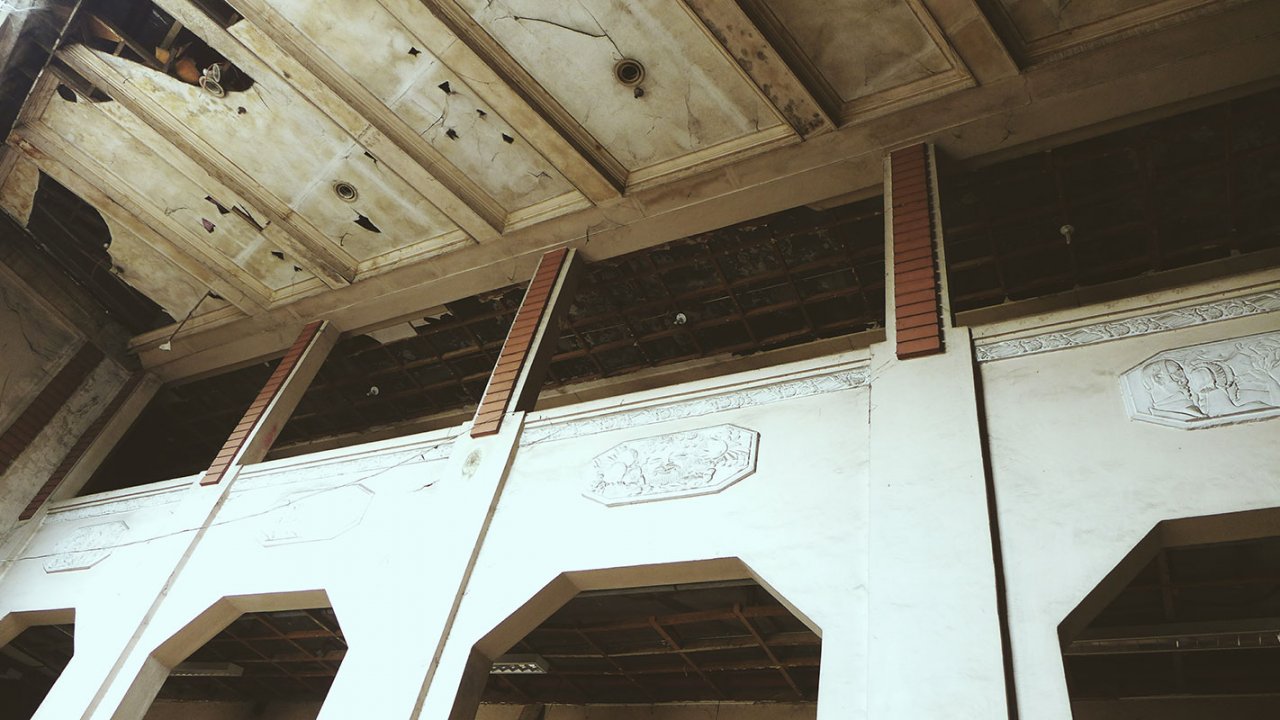
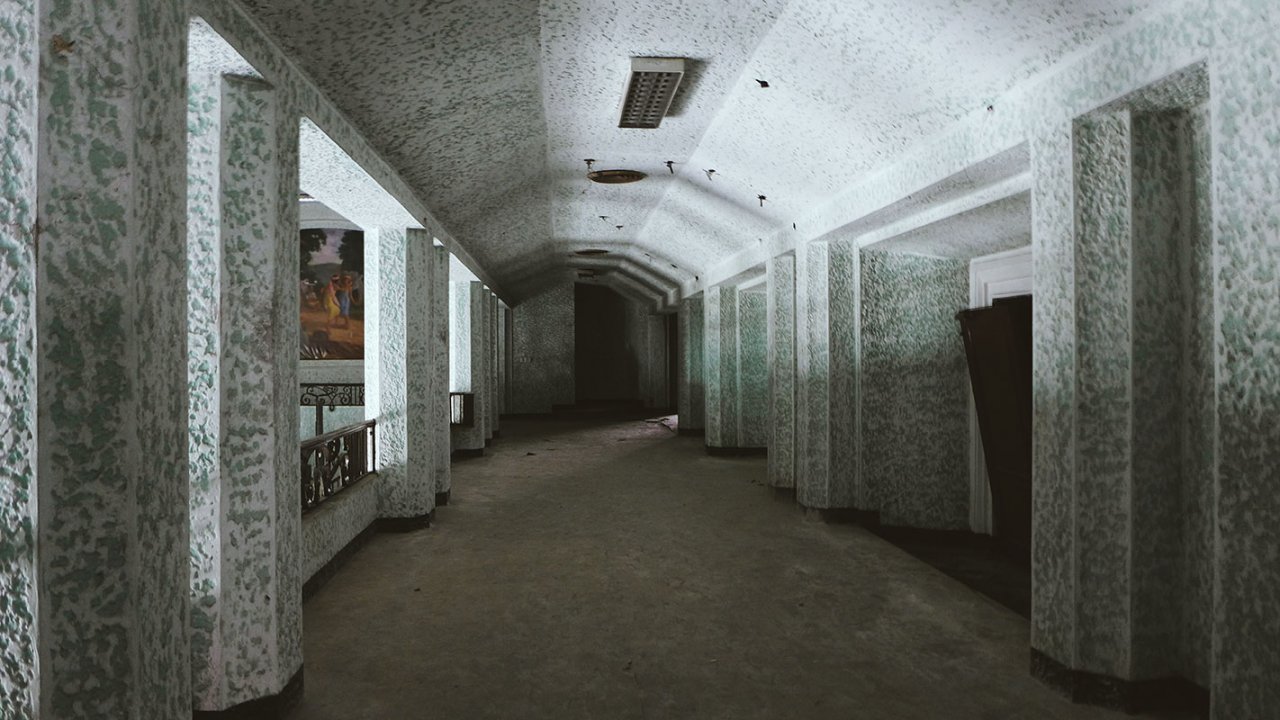
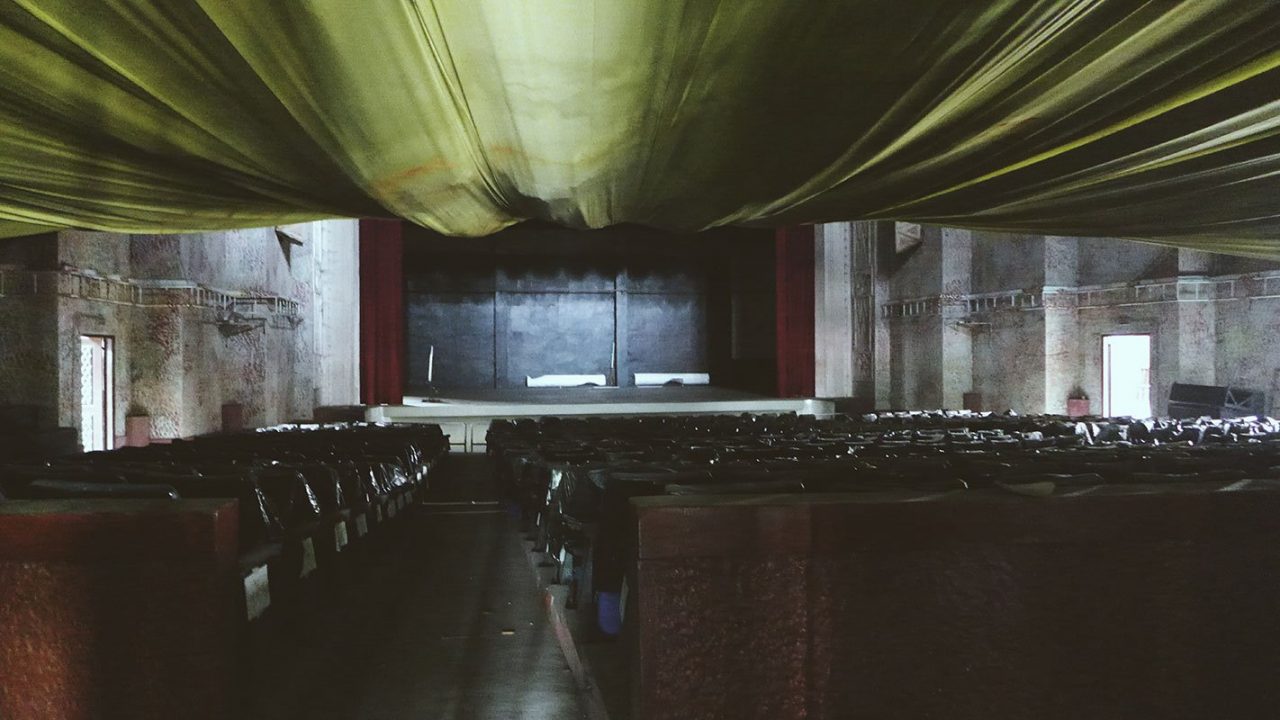
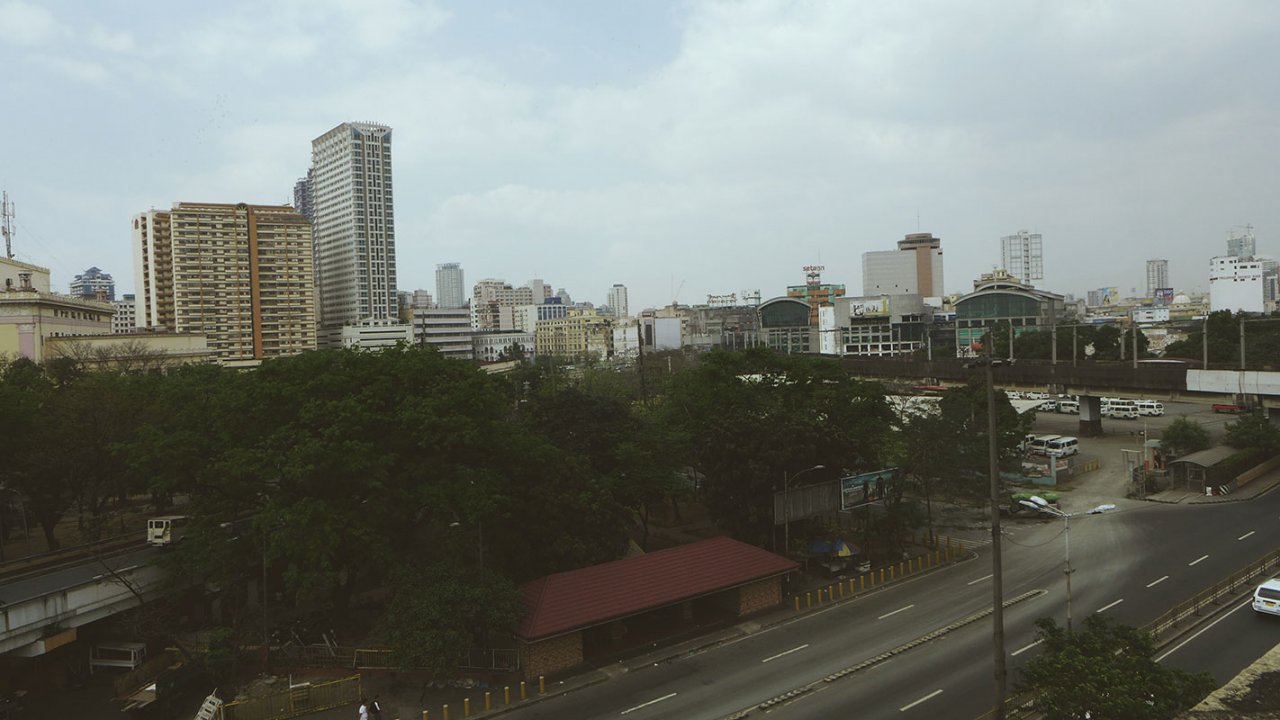
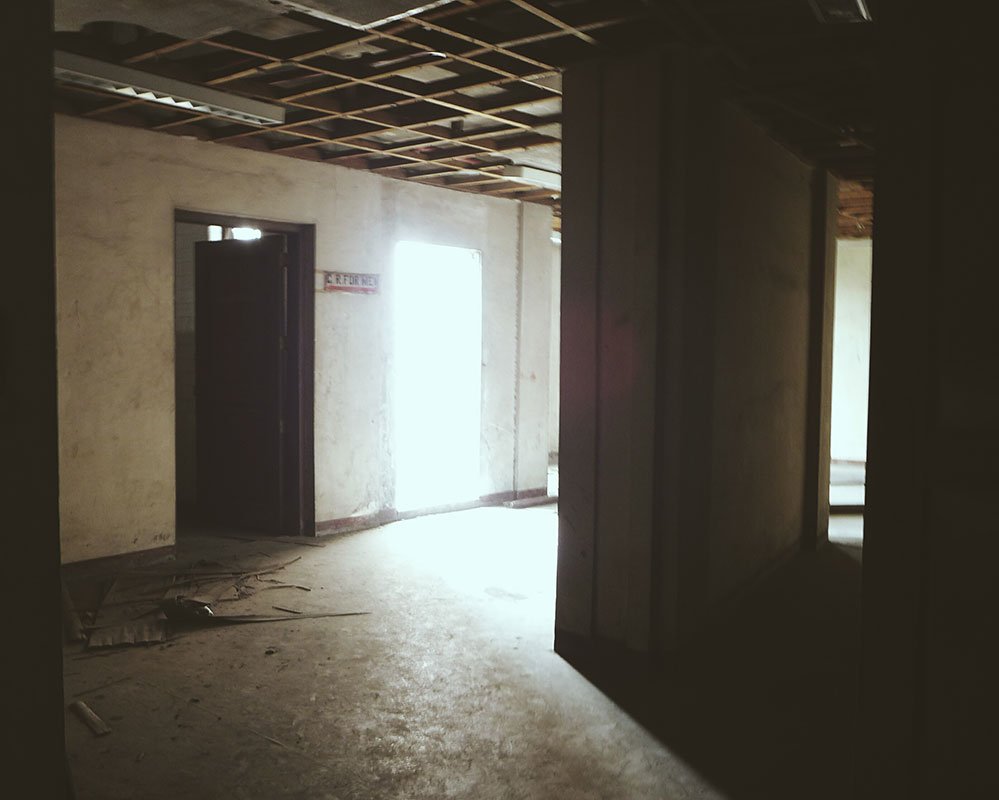
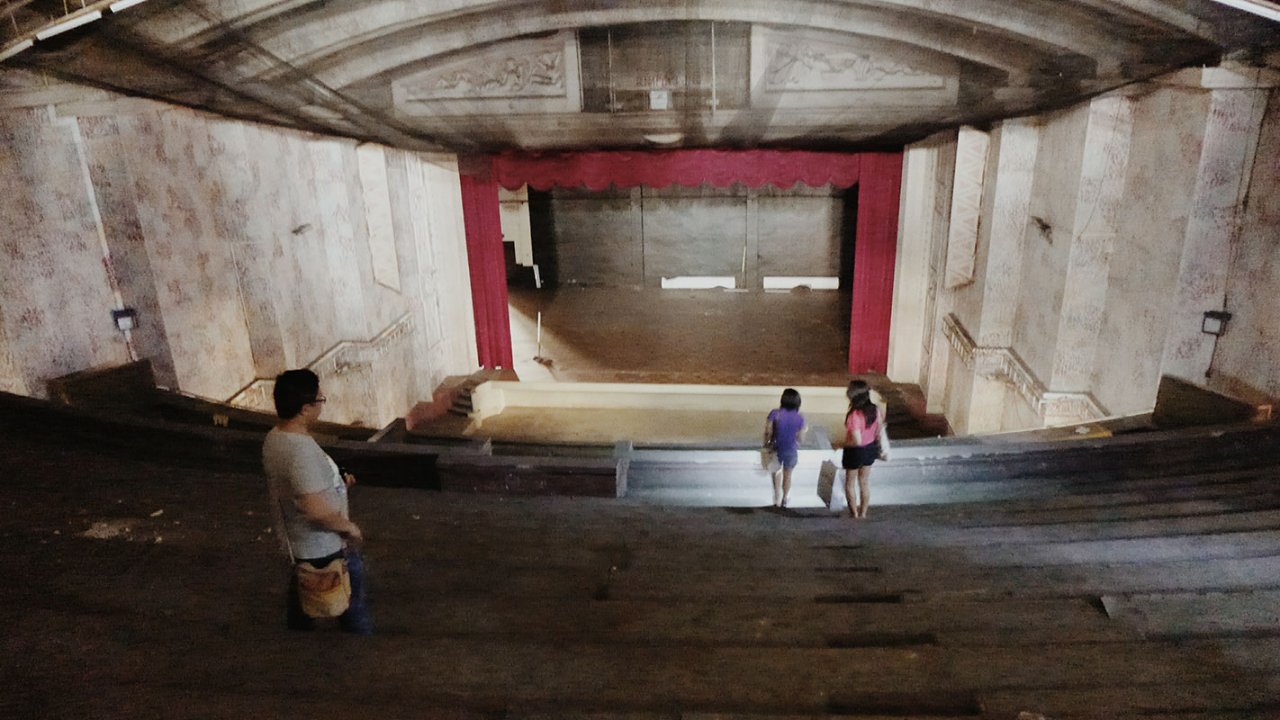
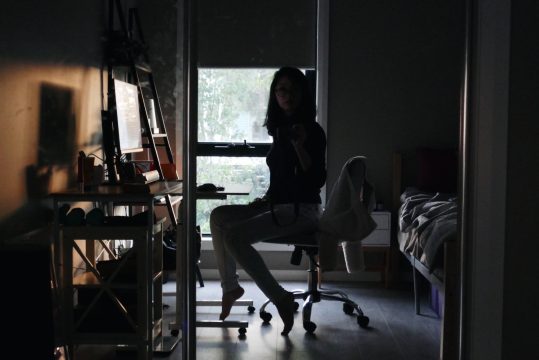
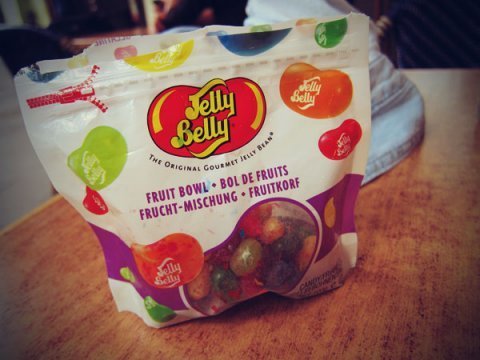
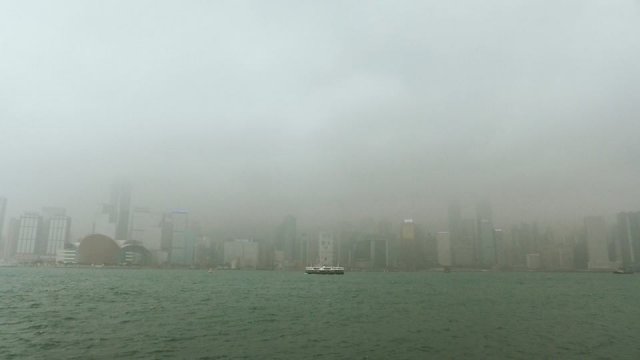
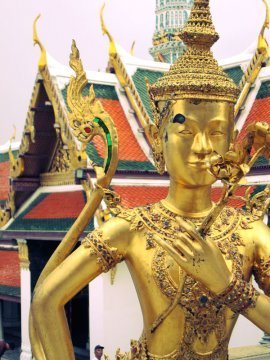

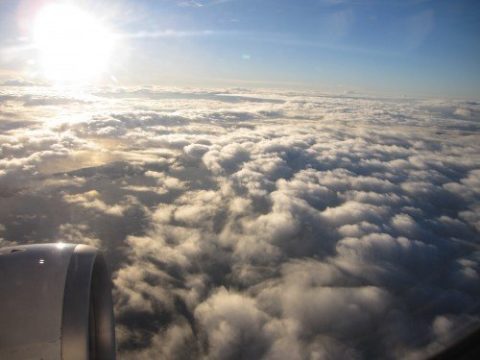
Leave a Reply